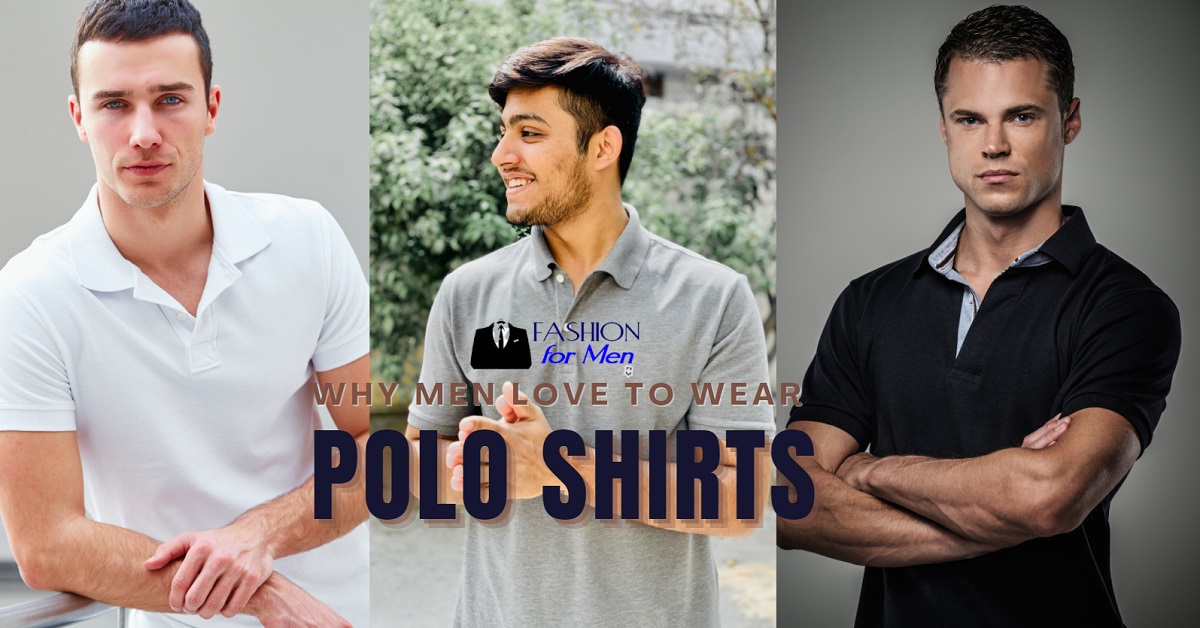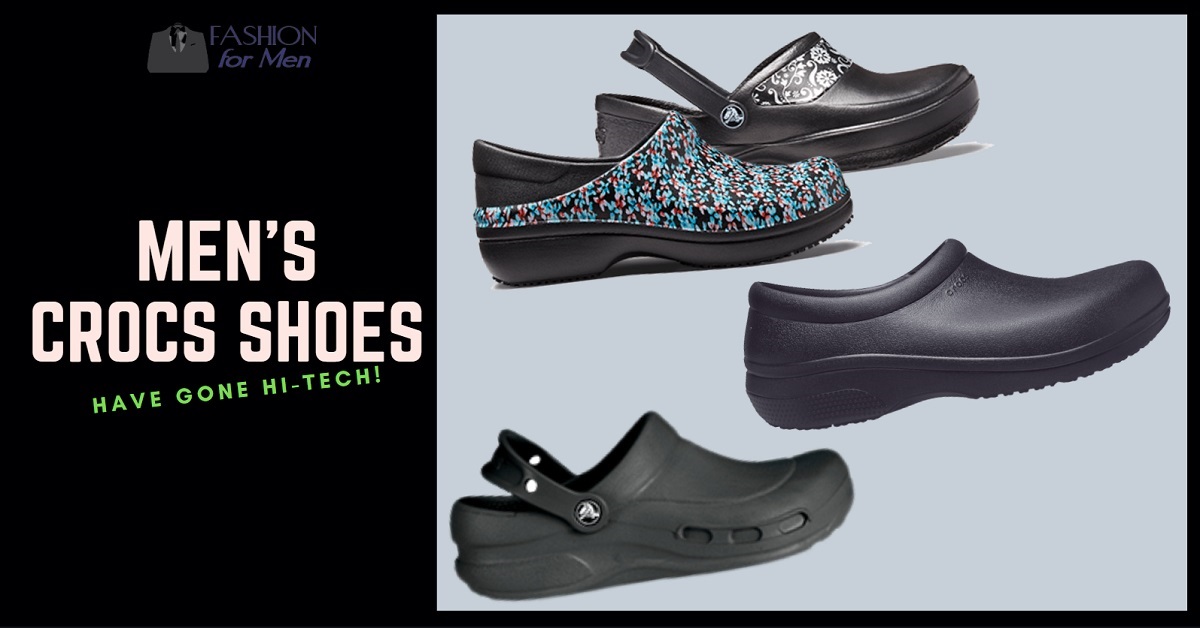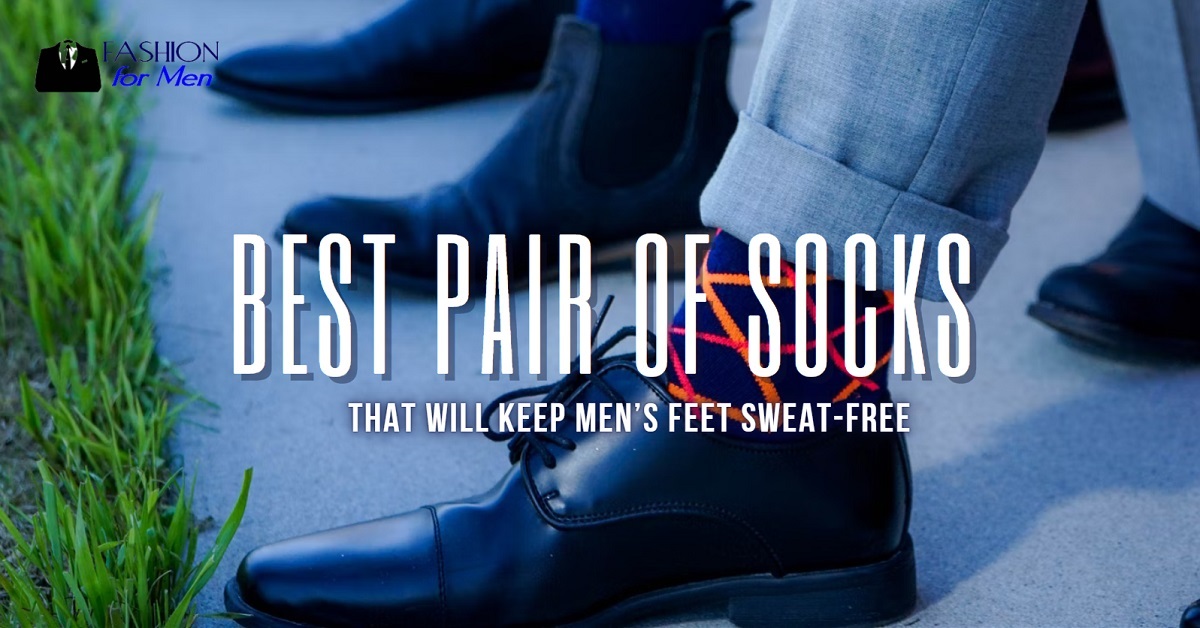Cold weather demands footwear that balances insulation, traction, waterproofing, and comfort. Whether navigating icy sidewalks, slushy commutes, or deep snow, the right winter shoes keep feet warm and dry while reducing slip, fatigue, and discomfort. This guide explores how to choose the best winter shoes, explains the main types, and provides tested recommendations and brands that earned high praise in 2025 reviews. Additionally, it offers advice on maintenance, proper fit, and selecting winter footwear for various activities, enabling men to make informed choices.
Choosing the right winter shoes depends on climate, activity, and personal priorities. Essential factors to consider are the level of insulation, waterproof capabilities, traction, proper fit with room for layering, and overall breathability. Insulation is often measured by fill power for down or by grams for synthetic liners, and heavier insulation is preferable for prolonged exposure to subzero temperatures.
Waterproof membranes, including Gore-Tex or proprietary alternatives, keep moisture out while allowing airflow to prevent sweat buildup. Aggressive rubber outsoles with deep lugs or snow-specific rubber compounds provide traction on ice and packed snow. Leading experts assess winter footwear on key features and recommend models that provide the best combination of warmth, safety, and comfort for real-world cold-weather use.
Types Of Winter Shoes
Snow Boots and Cold-Weather Boots
Snow boots are designed for deep snow and very low temperatures. They typically have high shafts, sealed seams, and thick liners to retain heat. Many models also feature adjustable closures or drawcords at the top to keep snow from entering the boot. Ideal for rural or alpine environments, snow boots combine insulation, waterproofing, and traction for maximum warmth and safety in extreme conditions.
Insulated Hiking Boots
Insulated hiking boots blend rugged traction, ankle support, and thermal liners for versatile use. They are suited for winter hiking, trail work, or outdoor activities that require mobility over snow and ice. Many models incorporate lightweight insulation to reduce fatigue while maintaining warmth. These boots often feature reinforced toe caps and heel counters for extra protection on uneven terrain.

Winter Walking Shoes and Snow Sneakers
Winterized walking shoes and snow sneakers provide lightweight protection for urban use. They combine insulated liners with waterproofing treatments, allowing commuters to navigate slush or packed snow while maintaining style and flexibility. These shoes usually provide excellent breathability and a lighter construction than standard boots, making them well-suited for daily wear in mild to moderately cold conditions.
Work and Utility Boots
Built for long hours in challenging conditions, work and utility boots prioritize durability, support, and, in some cases, electrical hazard protection. They often feature thick insulation, reinforced outsoles, and waterproof construction. These boots are designed for construction, outdoor labor, or any job requiring extended time in cold, wet environments.
Dress Boots
Insulated dress boots use treated leather, internal liners, and subtle tread patterns to balance formal appearance with winter performance. They are ideal for office settings or social occasions where style matters without compromising warmth. Many include rubber or synthetic soles that offer adequate traction on light snow or icy sidewalks.
Top Performance Features To Look For
- Waterproofing: Sealed seams, waterproof membranes, and treated uppers keep feet dry. Real-world tests consistently show that fully waterproof boots outperform partially treated models in slushy winter conditions.
- Insulation: Determine whether down, PrimaLoft, Thinsulate, or synthetic insulation fits your needs. Extreme cold may require removable liners or heavy insulation for maximum warmth.
- Traction: Deep lugs, sticky rubber compounds, and sole patterns optimized for snow and ice improve safety. Traction is often rated as the most critical factor in boot performance evaluations.
- Fit and Layering: Winter footwear should allow enough room for insulating socks while maintaining proper circulation and comfort.
- Comfort And Support: Cushioned midsoles, arch support, and stable footbeds reduce fatigue during long walks, commutes, or outdoor chores.
Recommended Winter Shoes And Brands
1. The North Face Chilkat V 400 (Best All-Round Winter Boot)
The North Face Chilkat V 400 tops many 2025 lists for its balance of warmth, traction, and versatility. Its waterproof upper and insulated midsole keep feet dry and cozy even in slushy conditions. Lightweight yet protective, it works for daily commutes, weekend adventures, and light snow treks.
2. Sorel 1964 Nylon Boot (Best Duck Boot For Wet Cold)
Sorel 1964 Nylon boots are a reliable choice for wet and slushy winter days. The vulcanized rubber shell and sealed seams prevent moisture from entering, while the insulated upper keeps you warm. Built for durability and practicality, these boots are favored for both city streets and rural winter environments.
3. Hoka Clifton 9 GTX and Hoka Challenger Series (Best Lightweight Winter Walking Shoes)
Hoka’s winter walking shoes feature cushioned midsoles and waterproof membranes, providing comfort and protection for city streets and light trail adventures. They offer stability, traction, and all-day comfort. Ideal for commuters and casual walkers, they are among the top-rated winter walking shoes in recent reviews.
4. Merrell Moab Speed 2 Thermo (Best Versatile Insulated Hiking Boot)
5. Columbia Bugaboot III and Kamik Nation Plus (Best Budget Options)
These budget-friendly boots offer insulation and waterproofing at an accessible price. While slightly heavier, they provide reliable performance for infrequent or moderate winter use. Both brands have earned recognition for value, warmth, and durability.
6. Baffin and Kamik Work Boots (Best For Extreme Cold)
Designed for polar temperatures, these boots feature thick removable liners, extreme insulation, and aggressive traction. They are suitable for long outdoor work or extreme winter adventures. Users highly recommend these boots for their reliable insulation and sturdy build quality.
7. LL Bean Snow Sneaker 5 and UGG Neumel Weather Hybrid (Best Snow Sneakers)
These hybrid shoes blend sneaker comfort with winter functionality. They provide a relaxed look, adequate warmth, and protection against moisture. These shoes are perfect for navigating city snow, daily commuting, and light winter activities, offering warmth, comfort, and dependable traction in urban conditions.
8. Salomon Vectiv and Danner Mountain 600 (Best Choice for Winter Hiking and Trail Adventures)
Salomon and Danner provide insulated hiking boots with aggressive traction for snowy trails. These boots provide strong ankle support, warm insulated liners, and rugged outsoles designed for reliable traction in winter conditions. Suitable for serious hikers, these boots handle winter terrain while keeping feet warm.
Additional Recommended Winter Shoes
9. Wolverine I-90 Insulated Work Boot
Durable leather, waterproof membranes, and thermal insulation make the Wolverine I-90 a top work boot. It combines heavy-duty construction with flexible midsole cushioning. The outsole grips ice and snow for long outdoor shifts.
10. Timberland PRO 6″ Insulated Boot
Waterproof leather, Thinsulate lining, and reinforced toes provide warmth and protection. The deeply patterned outsole offers secure traction on icy and slippery surfaces. These boots are suitable for work environments and winter commuting.
11. Arc’teryx Bora2 Mid GTX
The Bora2 Mid GTX features waterproof Gore-Tex construction and advanced insulation, making it a top choice for winter hiking. The Vibram sole provides grip on icy trails, and mid-height support protects ankles. Lightweight design balances protection and comfort for long outdoor activities.
12. Salewa Mountain Trainer Mid GTX
This alpine-style boot combines effective insulation, waterproof protection, and a rugged outsole for reliable traction in snowy and icy conditions. Mid-height support is ideal for uneven terrain and snow-covered trails. Lightweight yet durable, it performs well for winter hiking or scrambling.
13. La Sportiva Nepal Cube GTX
This technical mountaineering boot offers heavy insulation and stiff, durable soles, designed specifically for challenging alpine conditions. Gore-Tex waterproofing keeps feet dry in extreme conditions. Suitable for climbing and extreme winter hikes.
14. Adidas Terrex Free Hiker GTX
These boots feature Gore-Tex waterproofing and responsive Boost midsoles for all-day comfort, while the Continental rubber outsole ensures reliable grip on icy trails. Lightweight design allows long-distance walking in cold weather.
15. Merrell Thermo Rogue Mid
Thermal insulation and waterproof construction make this boot suitable for urban walks and light trails. Flexible midsole supports extended wear. Reviewers consistently praise traction and comfort.
16. Keen Durand Polar Waterproof
The 400g Thinsulate insulation and rubber outsole provide warmth and stability. Mid-height design offers ankle support for winter activities. Lightweight yet protective, it works for hiking and snow conditions.
17. UGG Butte Boot
The UGG Butte Boot combines water-resistant suede with a warm, insulated lining, making it a practical and stylish choice for casual winter wear. The sole provides grip on light snow and slush. Comfortable and stylish for city wear.
18. Columbia Bugaboot Plus IV Omni-Heat
The reflective lining enhances heat retention, and combined with waterproof materials and a snow-ready outsole, it provides reliable protection in winter conditions. Lightweight design allows for mobility during winter hikes or commutes, making it a reliable choice for versatility and warmth.
Winter Shoe Care And Maintenance
- Dry Thoroughly: Remove insoles and dry shoes at room temperature after exposure to snow or slush. Avoid direct heat to prevent damage to the leather and adhesive.
- Maintain Waterproofing: Use appropriate cleaners and water-repellent sprays on leather and fabric uppers. This maintains waterproof performance over time.
- Replace Liners And Insoles: Removable components can be refreshed to maintain comfort and insulation.
- Rotate Footwear: Alternating between shoes allows each pair to fully dry and reduces wear.
- Store Properly: Keep shoes in a cool, dry place and use shoe trees or stuffing to preserve shape.
Fit, Socks, And Foot Health
- Allow Sock Space: Leave room for thermal or wool socks without compression. Proper circulation maintains warmth.
- Choose The Right Socks: Merino wool wicks moisture and retains heat, even when damp. Avoid cotton layers.
- Consider Orthotics: Removable insoles accommodate custom orthotics if needed.
- Monitor Circulation: Cold toes may indicate the need for larger sizes or different socks.
Matching Shoes To Activity
- Daily Commuting: Waterproof insulated boots like The North Face Chilkat or Sorel.
- Urban Walking: Winterized sneakers like Hoka GTX or LL Bean Snow Sneaker collection.
- Hiking and Trails: Insulated boots from Salomon, Danner, or Merrell provide warmth, ankle support, and reliable traction for winter hikes.
- Work and Long Hours Outdoors: Heavy-duty Baffin or Kamik work boots.
- Dress And Office: Leather dress boots like Timberland or Wolverine with subtle insulation.
Common Mistakes To Avoid
- Prioritizing Style Over Function: Fashionable shoes lacking adequate waterproofing perform poorly in wet winter conditions.
- Wearing Too-Tight Footwear: Compression reduces circulation and increases warmth.
- Neglecting Traction: Sole pattern and rubber compound matter more than uppers on ice.
- Ignoring Care: Failing to dry and reproof shoes reduces lifespan and waterproofing.
Choosing The Right Winter Footwear For Warmth And Safety
Winter footwear should reflect climate, activity, and personal comfort. Reviews consistently recommend prioritizing waterproofing, traction, and appropriate insulation. Models such as The North Face Chilkat V 400, Sorel 1964, Hoka winterized sneakers, Merrell insulated hiking boots, and heavy-duty Baffin or Kamik work boots repeatedly earned high marks in expert roundups. When paired with the correct fit, thermal socks, and regular maintenance, quality winter shoes maintain warmth, dryness, and comfort all season while supporting safety and performance.














